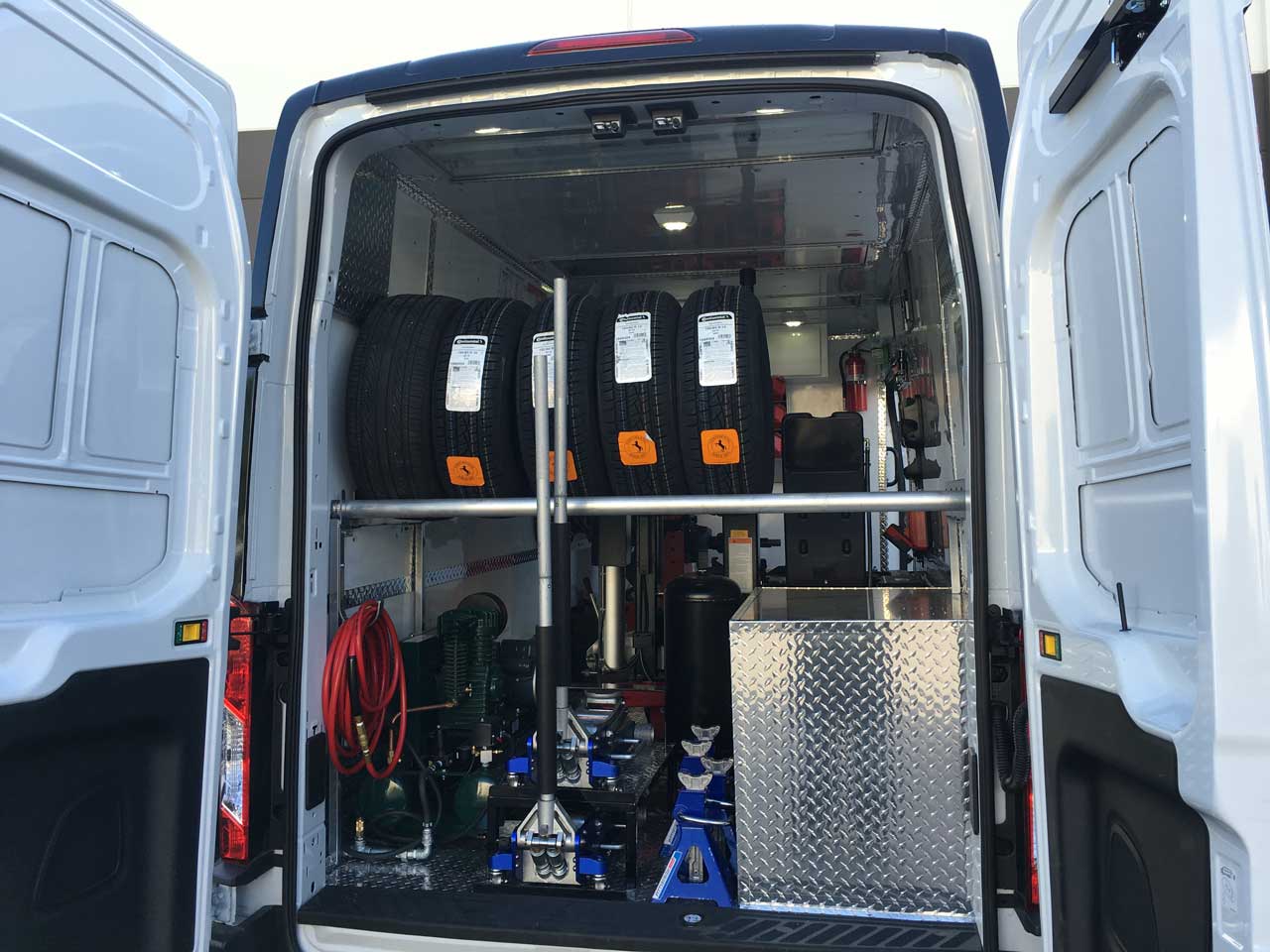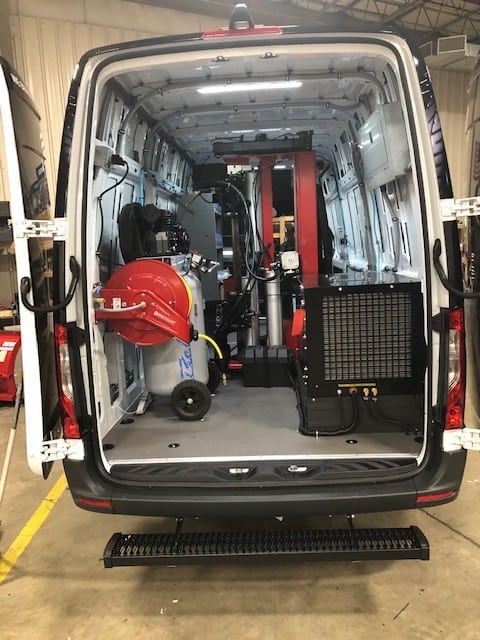Trusted Mobile Tire Service Las Vegas - On-Time Solutions
Tire Solution: Proven Approaches for Optimal Tire Maintenance and Treatment
Maintaining ideal tire problem is vital for both safety and performance of any automobile. From making certain appropriate tire stress to routine turning and alignment, there are tried and tested methods that can considerably expand the life expectancy of your tires and enhance overall driving experience. As we explore the ins and outs of tire care and upkeep, we will certainly reveal important guidelines that every car proprietor need to comply with for the very best feasible outcomes. Allow's explore the globe of tire service and find the keys to keeping your tires in superior form for the long run.
Importance of Tire Stress
Proper tire stress is an important element in making certain ideal vehicle efficiency and safety when driving. Maintaining the recommended tire pressure degrees given by the producer uses many advantages. Ample tire stress advertises far better gas efficiency, as under-inflated tires can lead to increased rolling resistance, triggering the engine to function more challenging and eat more fuel. Appropriate tire stress makes sure also walk wear, boosting tire longevity and saving cash in the long run by delaying the need for early substitutes. In addition, properly blew up tires contribute to boosted handling and stopping abilities, essential for safe driving in different roadway conditions. Over-inflated tires, on the other hand, can result in minimized grip and a harsher trip. Alternatively, under-inflated tires are prone to overheating, which can lead to accidents and blowouts. On a regular basis inspecting and adjusting tire stress, particularly soon journeys, is a simple yet reliable means to improve car performance, extend tire life-span, and prioritize security when traveling.
Tire Turning Standards
When taking into consideration tire rotation guidelines, it is important to comprehend the importance of this upkeep task in making the most of tire life-span and keeping optimum car performance. Tire rotation entails changing the setting of each tire on a vehicle to ensure even tread wear. Front tires often tend to wear faster than back tires because of steering forces, making routine rotation vital for well balanced wear patterns. The recommended rotation pattern differs relying on whether a lorry is front-wheel, rear-wheel, all-wheel, or four-wheel drive. Typically, tires must be rotated every 5,000 to 7,500 miles, or as advised in the vehicle handbook. Neglecting tire rotation can result in irregular wear, impacting handling, grip, and possibly compromising automobile safety. By sticking to correct turning guidelines, vehicle drivers can prolong the life of their tires, improve fuel effectiveness, and enhance total driving experience. Normal rotation is a simple yet reliable maintenance practice that contributes dramatically to tire durability and automobile performance.

Advantages of Wheel Alignment
Making certain proper wheel alignment after tire turning is critical for keeping balanced wear patterns and making best use of lorry performance. Wheel placement describes the modification of the angles of the wheels to the producer's requirements. Among the vital benefits of wheel positioning is enhanced steering and Find Out More managing reaction. When the wheels are appropriately straightened, it decreases steering initiative, making sure a smoother and much more controlled driving experience. In addition, proper wheel alignment assists to expand the lifespan of your tires. Misaligned wheels can cause uneven tire wear, causing premature tire replacement and see post raised maintenance costs.

Tire Tread Deepness Examine
Performing a routine examination of tire tread depth is crucial for preserving risk-free driving problems and prolonging the lifespan of your tires. The walk on your tires plays a vital duty in giving grip, especially in wet or unsafe conditions. To inspect your tire tread depth, you can make use of a tread depth gauge or the cent test. The advised walk deepness is at least 2/32 of an inch. It is time to change your tires to guarantee optimum performance and safety on the road if the walk deepness is listed below this limit. Uneven tread wear can indicate problems with tire alignment, pressure, or suspension, highlighting the value of regular walk depth checks. Disregarding to check and keep proper walk deepness can lead to minimized hold, longer braking ranges, and an increased danger of hydroplaning. By including tire step deepness check out your regular upkeep routine, you can drive with confidence knowing that your tires are in leading problem.
Seasonal Tire Evaluation
A thorough evaluation of tire problem customized to details weather condition conditions is crucial for maintaining optimum performance and safety throughout the year. Seasonal tire assessment is a basic facet of tire maintenance that makes certain tires are all set to deal with the difficulties posed by various climate condition. In prep work for winter season, it is important to examine the tire stress consistently as cool temperatures can create tire stress to go down. Evaluating tire step deepness is additionally essential to guarantee appropriate grip on snow and frozen roads. In addition, looking for signs of deterioration, such as bulges or cracks, can aid avoid prospective tire failings. As the seasons change, it is very important to examine tire problem and make any kind of required changes to ensure secure driving. By performing routine seasonal tire assessments, chauffeurs can extend tire lifespan, improve gas efficiency, and most significantly, guarantee a protected driving experience in varying climate condition - Mobile Tire Service Las Vegas.
Verdict
Finally, keeping appropriate tire pressure, revolving tires regularly, aligning wheels properly, keeping an eye on tread deepness, and performing seasonal inspections are essential methods for optimal tire care. By following these confirmed techniques, drivers can ensure their tires last longer, do better, and contribute to total car safety. It is important to focus on tire maintenance to stop crashes, improve gas like it effectiveness, and prolong the lifespan of tires.
Adequate tire stress advertises much better gas effectiveness, as under-inflated tires can lead to boosted rolling resistance, creating the engine to function tougher and eat more gas.When taking into consideration tire rotation guidelines, it is vital to comprehend the relevance of this maintenance job in making best use of tire life expectancy and preserving optimum lorry performance. Seasonal tire evaluation is a basic element of tire upkeep that makes sure tires are all set to encounter the challenges posed by various weather problems. By carrying out routine seasonal tire examinations, chauffeurs can extend tire life expectancy, enhance fuel efficiency, and most importantly, ensure a protected driving experience in differing weather problems.
In conclusion, maintaining appropriate tire pressure, turning tires routinely, aligning wheels appropriately, keeping an eye on walk deepness, and conducting seasonal examinations are essential practices for ideal tire treatment.